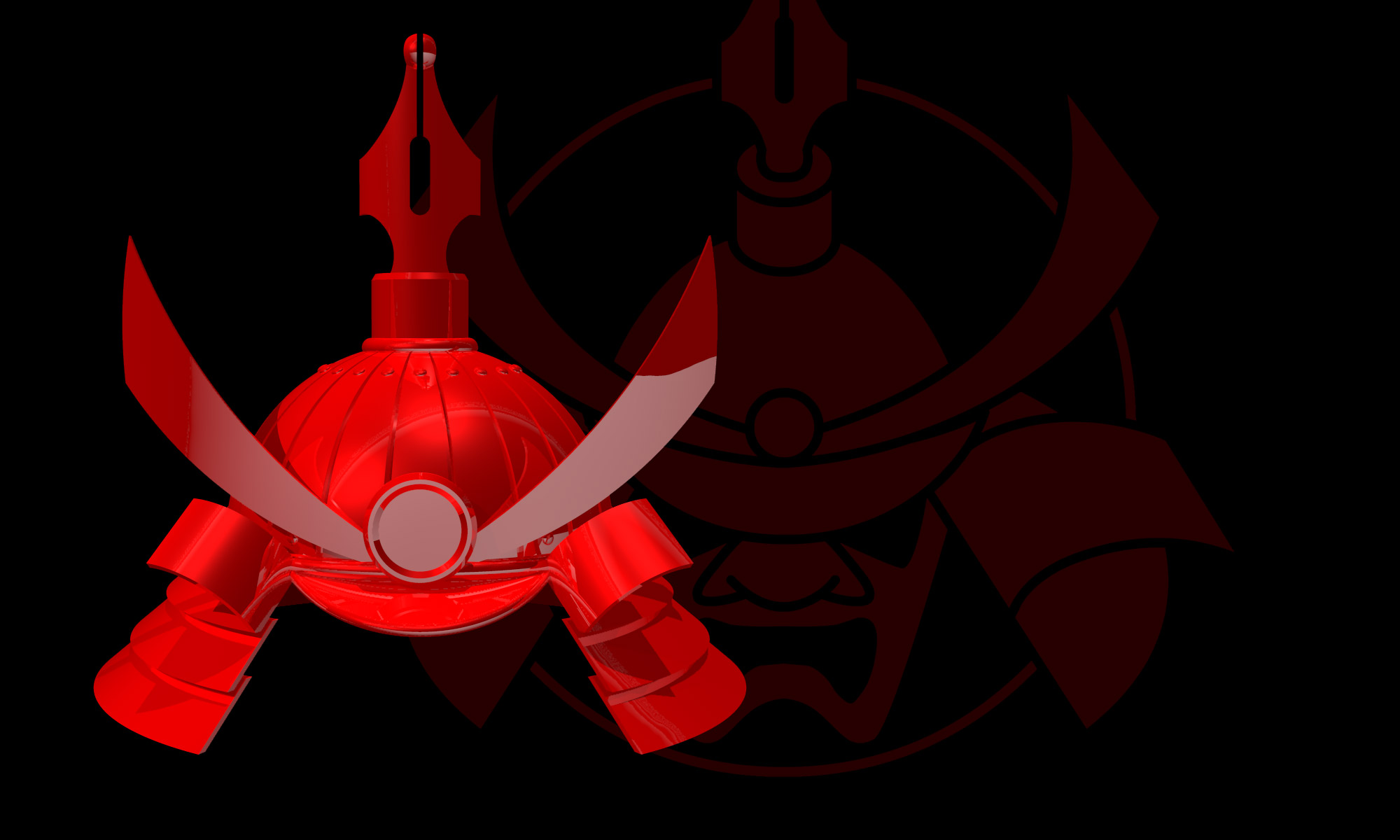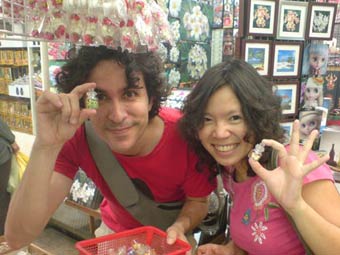I am a regular reader of Cecil’s Straight Dope. He’s just responded to the question:
“Has martial arts training ever helped anybody defeat a mugger?”
Answer: yes, with qualification. Read the Straight Dope on street effectiveness.
Of course, I have opinions about this because I have trained in martial arts continuously (injuries notwithstanding) for more than a couple of decades. So it’s not a casual remark to say that I believe that most martial artists are at best deluded and at worst fantasising when it comes to assessing their chances of applying learned techniques when faced with a criminal attack. There are a whole number of reasons for this, including the idealised nature of training, the lack of stress-training in traditional martial arts, the assumptions inherent in rules-based competitive martial arts, all sorts of misconceptions arising from the mass media, and, perhaps most significantly, a real failure to understand the pyschology of violent crime.
The fact is that the benefits that arise from training in most martial arts may well help you if you’re attacked — the fact that I have trained with serving police and military personnel who don’t think they are wasting their time supports that — but probably mostly incidentally. As it happens, I personally know someone who took a loaded gun off a bad guy using the aikido technique kote gaeshi without sustaining a bullet wound — but that was an experienced policeman arresting someone who wasn’t quite attacking (he even had the candour to tell me that he had been somewhat astonished that it had worked). But, professionals aside, I strongly suspect that, in terms of dealing with a mugging, reading a good book on Buddhism and playing a couple of proper games of rugby may well be exactly as beneficial as a year of mimsy martial arts training. But you have to be really careful about this: it’s because fighting is different from being mugged, and none of the competitive martial arts (using techniques whose efficacy, unlike more traditional systems, is not really in doubt) allow opponents to outnumber and use hidden weapons, or attack before the fight has begun or indeed before the attacker has been seen, or when the competitor is on the phone or walking down stairs. There’s a reason for that.
The Straight Dope’s answer is based on a slightly smarter understanding of the issue. It’s not a question about winning a fight with an attacker, which is how most martial artists interpret the question (seeing it as such is a trained response, after all). It’s a question about affecting the outcome of the attack, and that is crucially different. I think that the best resource on this topic is Marc MacYoung’s No Nonsense Self Defence (actually he spells it with an S because he’s American). For years I have considered this as recommended reading for anyone — especially anyone you care about — who wants to think about these issues. Most people don’t, but they should. In particular, I highlight the following topics as especially worth reading:
- self defence explained
- the five stages of violent crime (including the AOI triangle)
- fantasy self defence, which is part of the very good section on martial arts culture
It’s a common but unavoidably naive question to ask, “have you ever used your martial art training for real?” So of course I can’t write about this without implicitly raising the question. In my case the answer is yes, kind of, but none of the situations were straightforward and — more to the point — in every one of the cases the “attacker” was moderately inept. Yes, it’s a good result, but personally I see these as false positives in the argument that martial arts are inherently good for self defence.
Here’s a proof of the limits of self-defence, if you train in a martial art. Do you think you could successfully attack yourself? If you do, there’s your answer. If you don’t think you could successfully attack yourself, then you don’t understand how to use surprise, hidden weapons, environment, intimidation, and criminal friends properly, which means you will lose if you’re ever unlucky enough to be attacked by someone who does.


